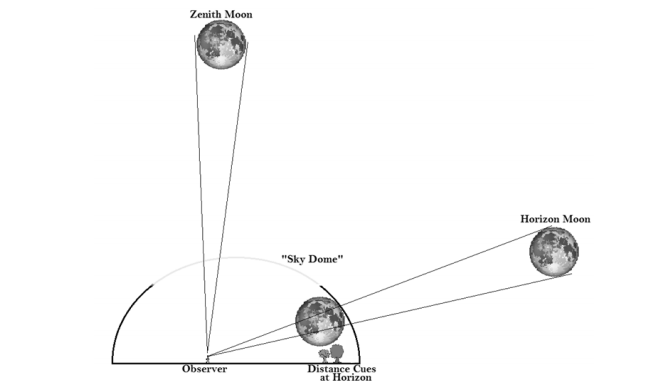===========================================
Mental Hygiene: 1924
via Shorpy Historical Photo Archive – Vintage Fine Art Prints by Dave
Washington, D.C., 1924
“Exhibit on Mental Hygiene”
As we wash our hands, so must we wash our brains. Much poignantly straightforward signage.
National Photo Company Collection glass negative
View original post
===========================================
Arts & Letters Daily – ideas, criticism, debate
Power of suggestion: The influence of unconscious cues on human behavior is among the most fascinating discoveries of our time – if it’s true... more
===========================================
Jacquard looms: Videos demonstrating early computer programs
via Boing Boing by Maggie Koerth-Baker
Invented in 1801, Jacquard looms are really an add-on to already existent mechanical loom systems, which allowed those looms to create patterns more complex and intricate than anything that had been done before. The difference: Punch cards.
When you weave, the pattern comes from changes in thread position – which threads were exposed on the surface of the cloth and which were not. But prior to the Jacquard loom, there were only so many threads that any weaver could control at one time, so patterns were simple and blocky. Essentially, the Jacquard system vastly increased the pixels available in any weaving pattern, by automatically controlling lots and lots of threads all at once. Punch cards told the machine which threads were in play at any given time.
It’s a really cool process, and I wanted to share a couple of videos that give you a good idea of how these looms work and how they changed the textiles industry. You can watch them below. But probably the best example is the image above [in the original post]. It’s a picture of Joseph-Marie Jacquard, woven in silk on the loom he invented – a fantastic demonstration of the design power that loom offered. In just a few years, people went from weaving simple stars and knots, to weaving patterns that almost look like they were spit out of a printer.
===========================================
Modern Cooking: How Gas Stoves Saved Millions of Lives
via Big Think by Orion Jones
Cooking has changed dramatically since our ancestors were ripping raw flesh from between their worn teeth, anchored by a bulging and muscular jaw. A new history of cooking is explained in the new book Consider the Fork by Bee Wilson (£20 from Penguin Books – probably cheaper at Amazon but ...). The invention of the cooking pot, for example, allowed food to be softened, meaning that those without teeth, like the elderly, could continue to eat. The standard use of utensils has caused it’s own important physiological change: Today, humans have an overbite, in contrast to the arrangement seen in other primates, whose sets of teeth meet directly against each other.
Continue reading
===========================================
Arts & Letters Daily – ideas, criticism, debate
Self-plagiarism, false memories, literary kleptomania. What happens, Oliver Sacks wonders, when our most vivid thoughts are not our own?... more
===========================================
‘Strange Fruits’: Food Transformed Into Gems, Brains, and Rubik’s Cubes
via Flavorwire by Judy Berman
You’ll never see beets, apples, or cauliflower the same way after perusing Strange Fruits, Berlin-based artist Sarah Illenberger’s series of fruits and vegetables transformed into objects they resemble or suggest. A carrot becomes a tube of lipstick, chilli peppers serve as a lighter’s flame, and a pomegranate gets a sinister makeover as a grenade – creating some creepy yet delightful visual dissonance that is sure to make the images stick with you.
Click through for a selection of our favourite works from Strange Fruits, which we discovered via designboom, and visit Illenberger’s website to see the full series.
And my choice? This one:
===========================================
1920 : Principal Air Routes
via Retronaut by Ruby Jones
Read short description
===========================================
Arts & Letters Daily – ideas, criticism, debate
Gérard de Villiers’s best-selling espionage thrillers also serve as intelligence drop boxes for spy agencies around the world... more
===========================================
Moon Illusion: New Theory Reignites Debate Over Why Moon Appears Larger Near the Horizon
via New on MIT Technology Review
The ancients knew the moon looks bigger near the horizon but no theory convincingly explains the illusion. Now a new idea aims to settle the debate once and for all.

Continue reading
===========================================
The Nazi’s Enigma Machine and the mathematics behind it
via 3quarksdaily by S. Abbas Raza
Note: the first video stops suddenly at which point you need to click into the second one.
Allow yourself plenty of time!
No comments:
Post a Comment